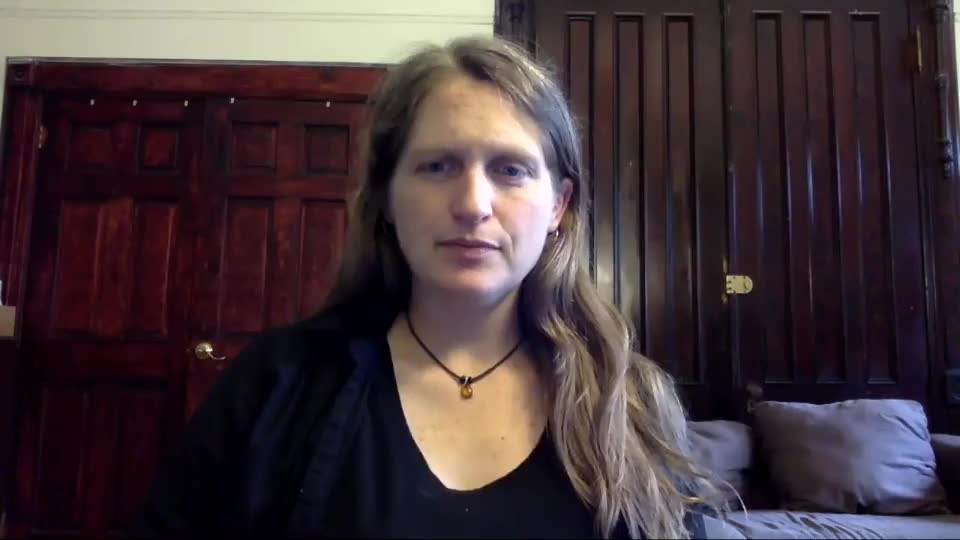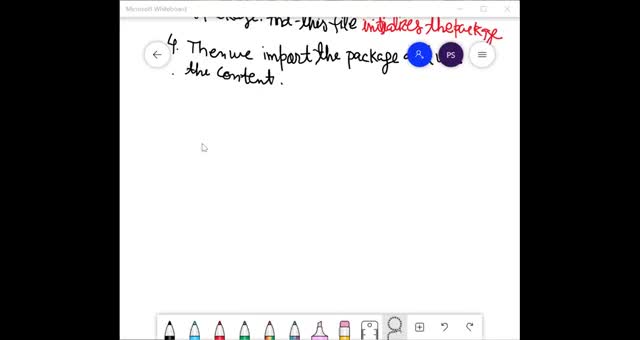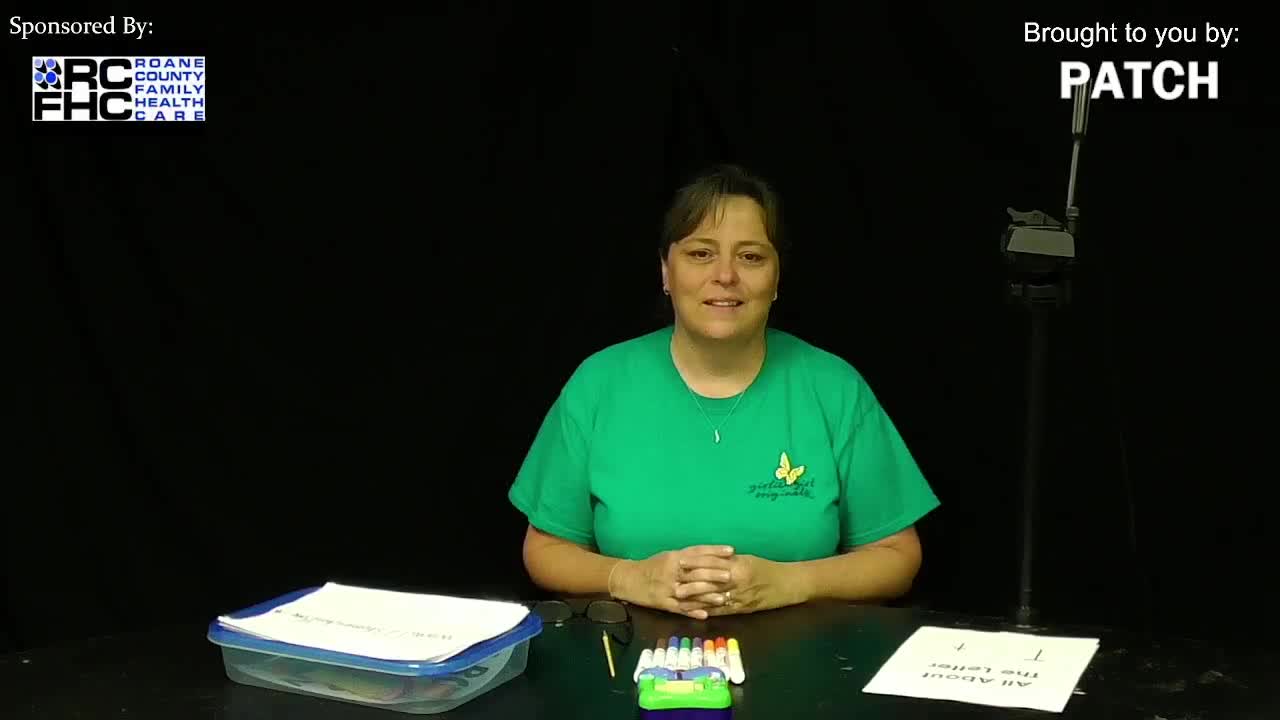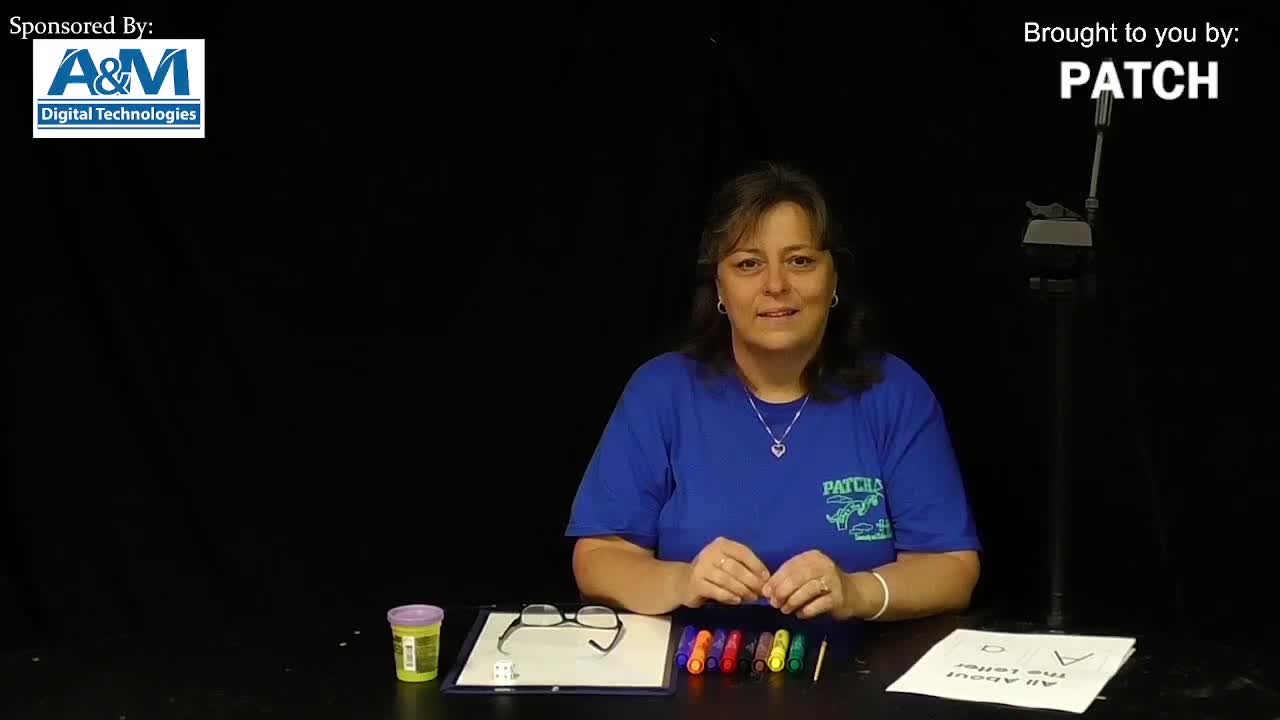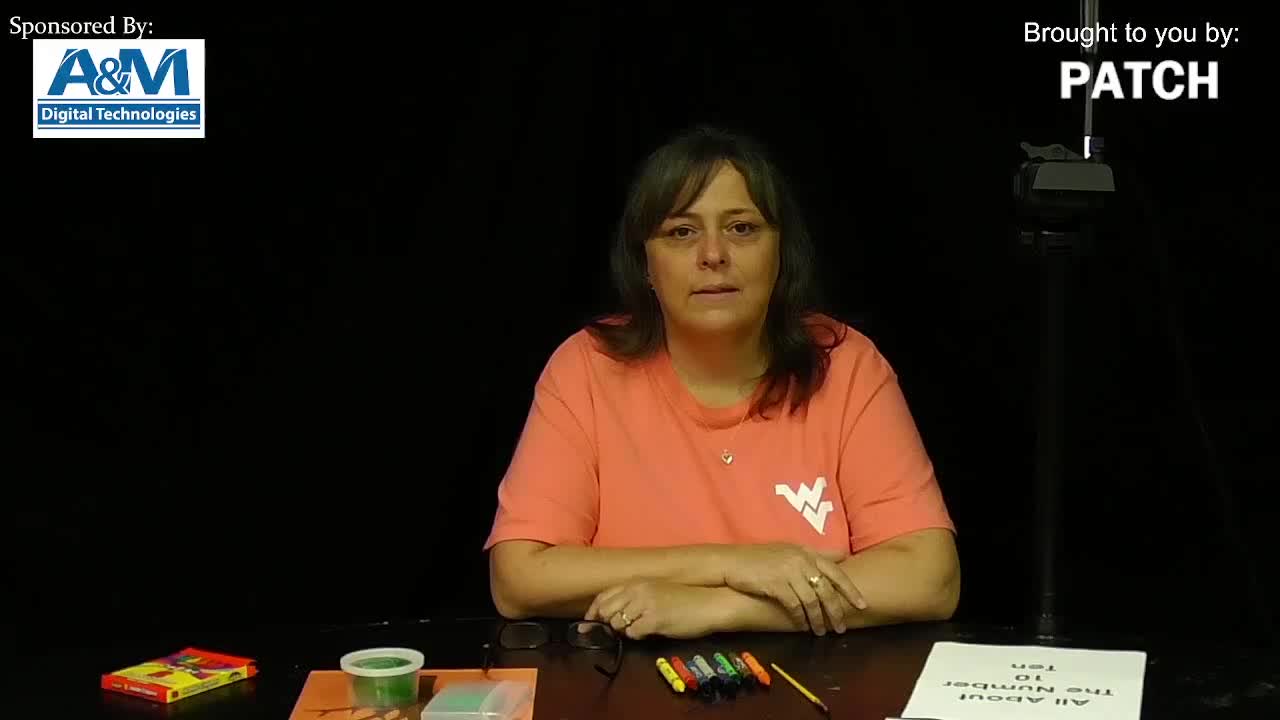www.iris.edu/educate Scientists have developed far-more sensitive seismometers that, with faster computers, have enabled them to record & interpret a broader spectrum of seismic signals than was possible in the 1930's, when the Richter magnitude was developed. The moment magnitude uses seismograms plus what physically occurs during an earthquake (which can also be derived from seismograms), known as the "seismic moment". The seismic moment defines how much force is needed to generate the recorded waves. That information is plugged into the moment magnitude scale to give us the amount of energy that is released during an Directed by Robert Butler, University of Portland OR Animation by Jenda Johnson, Earth Sciences Animated Narrated by Roger Groom, Mt. Tabor Middle School, Portland OR Original music by Jesse Gay, CNS Engineering Photographs courtesy of US Geological Survey



